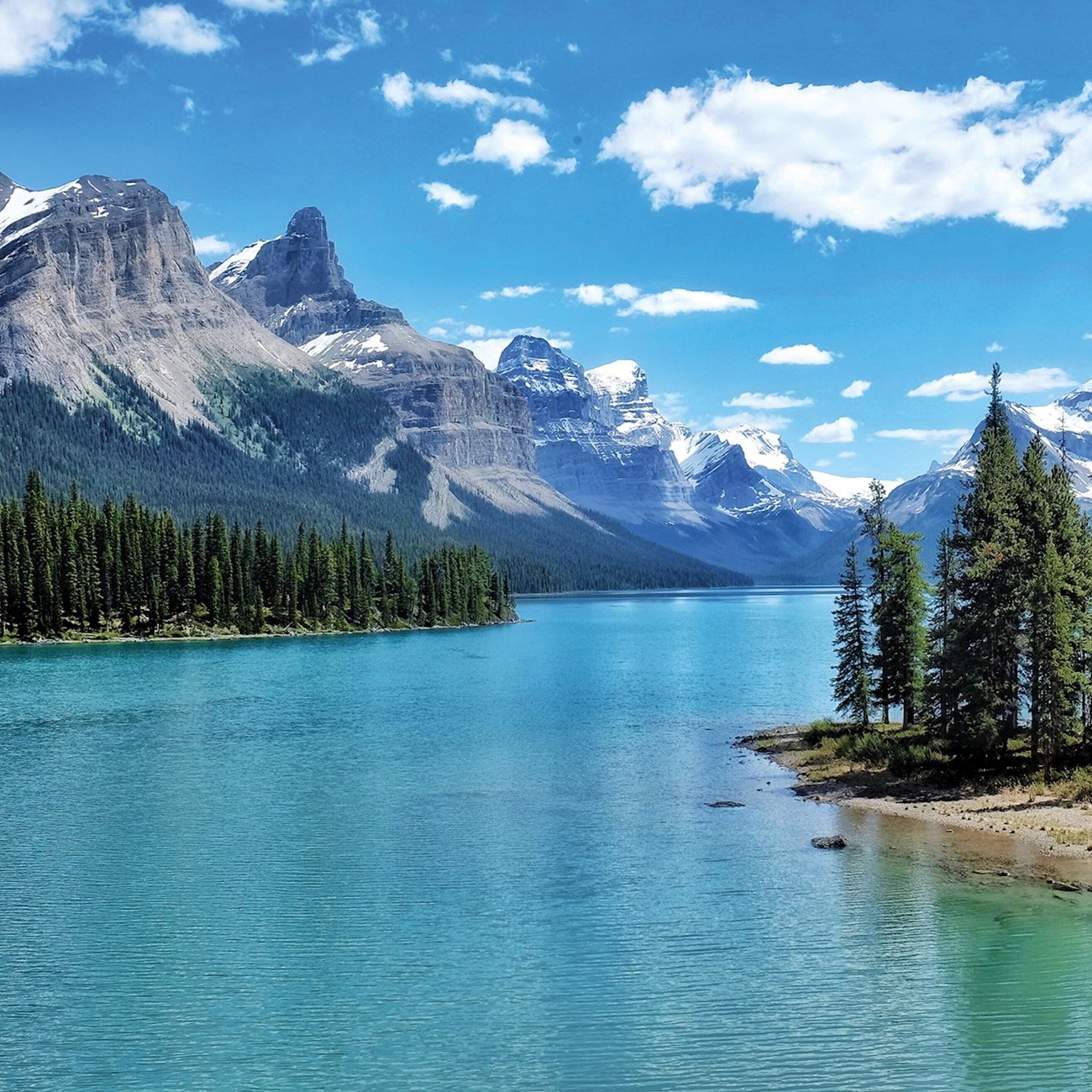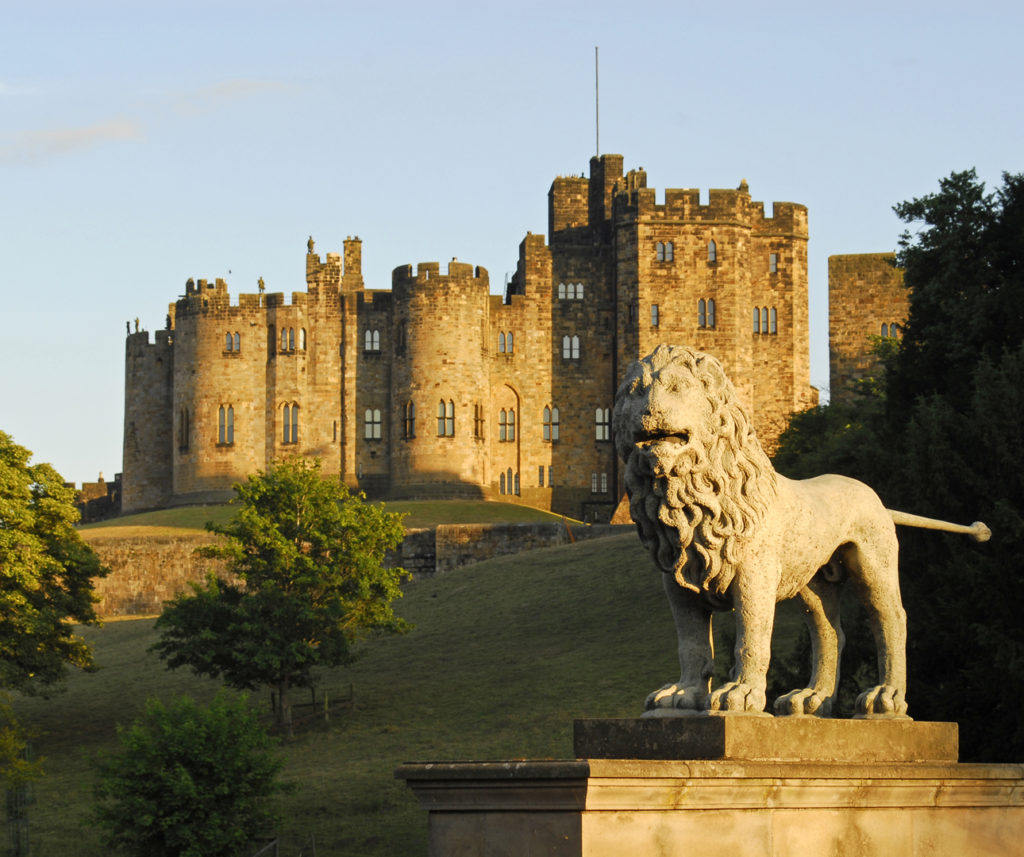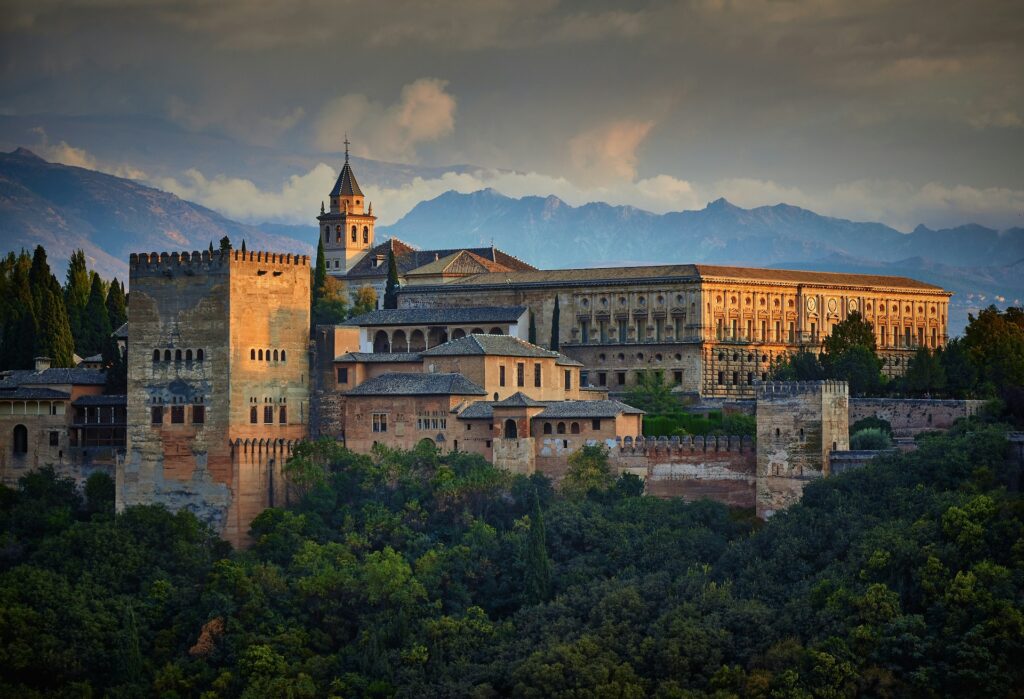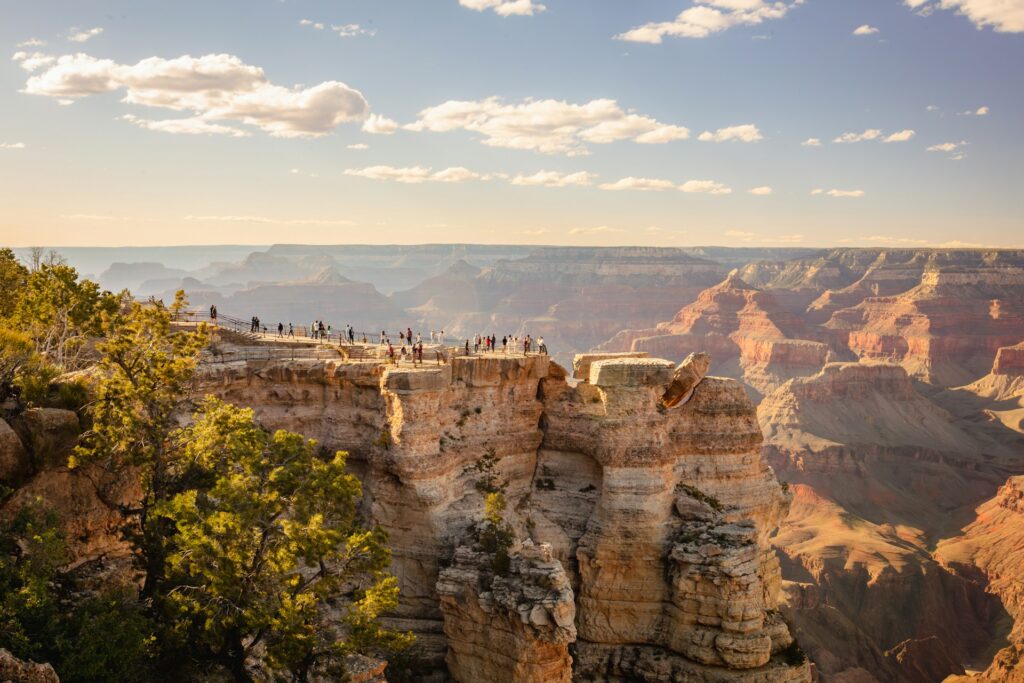15 Best Places to Travel in Canada
Canada amounts to nearly 10 million square kilometers, has 48 national parks, and 8 distinct climate regions. A comprehensive Canada tour would take years, but thankfully, the best places to visit in Canada offer a wealth of memories no matter if you stay for a week or a day. From hiking in Banff National Park to to kicking back with the cool kids in Vancouver, these are the big-hitters you need to add to your hit list.
Central Canada
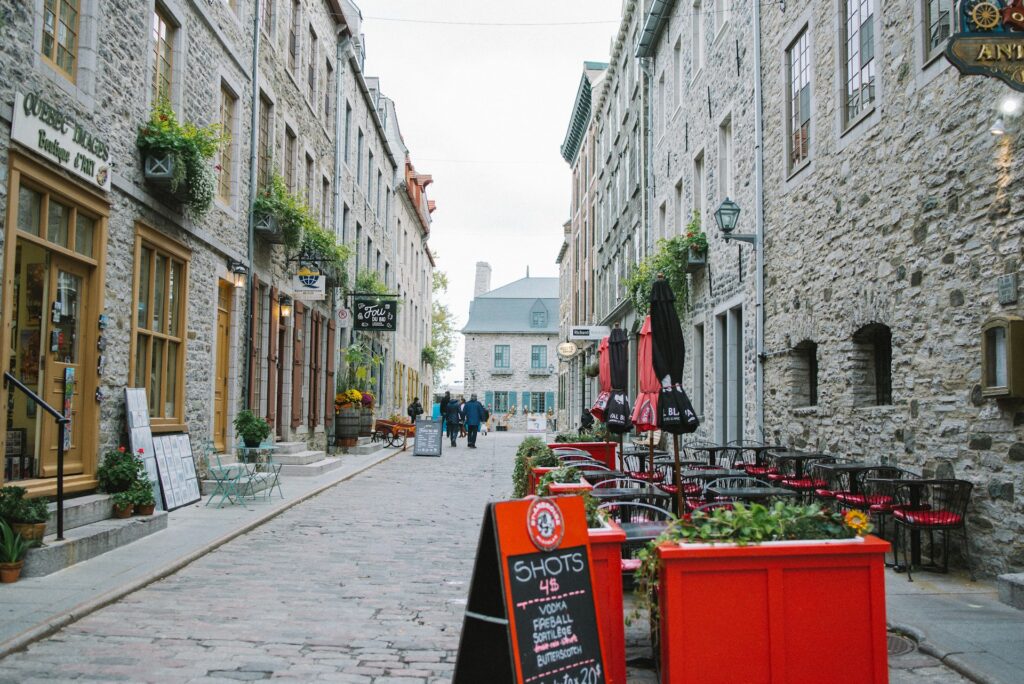
Image credit: Unsplash
1. Niagara Falls, Ontario
There’s no attraction in North America quite like Niagara Falls – it’s without doubt one of the best places to visit in Canada for natural drama. Creating the border between Canada and the United States, the Canadian side of the falls features the Horseshoe Falls, the largest of the three separate cascading waterfalls. It’s a gorgeous sight in all seasons: illuminated on many nights and absolutely mesmerizing when witnessed in the chill of winter. Much more than the falls themselves, there are hiking trails, golf courses, botanical gardens, and a strong tourism infrastructure throughout the area.
2. Old Quebec City, Quebec
A UNESCO World Heritage Site and brimming with authentic charm, Old Quebec City is the most intact fortified town in North America this side of the Mexican border. Take a stroll down the cobblestone streets of Petit-Champlain and you’ll find remnants of years past like fortified walls, ramparts, and colonial architecture. Old Quebec is especially magical during the holiday season when snowfall is illuminated by twinkling lights, creating a romantic atmosphere along the St. Lawrence River.
3. Ottawa, Ontario
The Canadian capital welcomes nearly 10 million visitors each year which is noticeably fewer than nearby Toronto which receives 26.5 million — and that’s great news for travelers. Fewer visitors means more space to explore Ottawa’s attractions like the National Gallery of Canada, the Canadian Museum of Nature, the Royal Canadian Mint, and the Canada Science and Technology Museum. In the winter, part of the Ottawa River called the Rideau Canal freezes over to become an ice skating rink. In warmer seasons, biking the trails and exploring the caves of Gatineau Park makes the city feel miles away.
Atlantic Region
Canada’s Atlantic Coast is a seaside sanctuary. Generations of nautical traditions are still upheld in the charming fishing villages and coastal towns. Whether you’re seeking a relaxing retreat outside of Canada’s major metropolitan areas or if you want to get out and get active beyond mountain ranges, the Maritimes are one of the best places to visit in Canada for a slower pace of life.
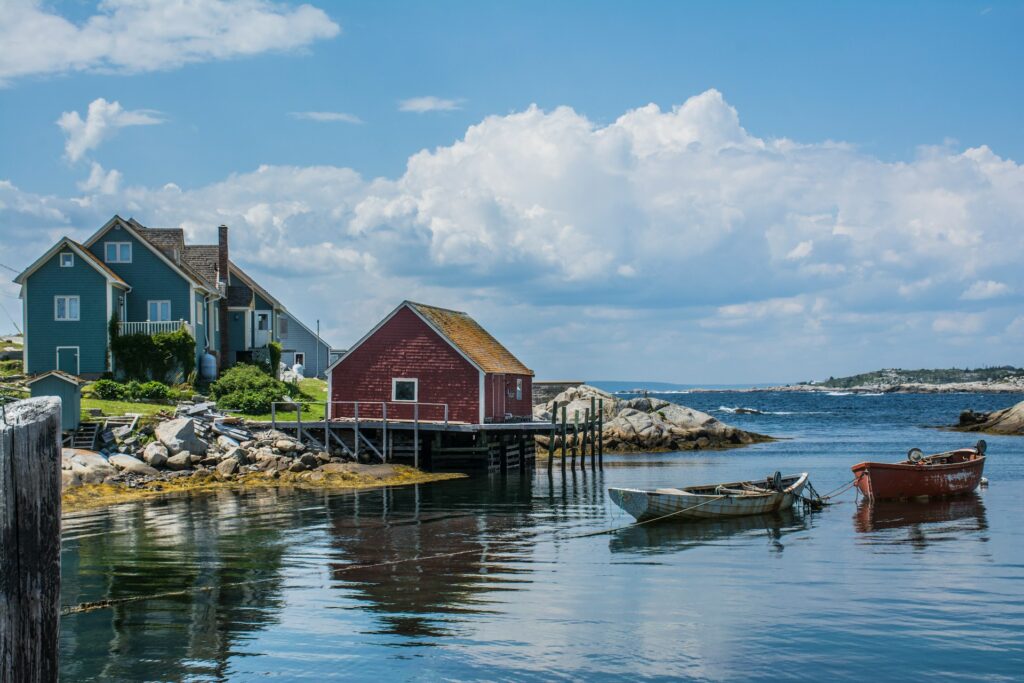
Image credit: Unsplash
4. Gros Morne National Park, Newfoundland and Labrador
Picturesque St. John’s, the capital of Newfoundland and Labrador, has roughly 113,000 residents, so you can expect a quieter getaway in this part of Canada. Seek out the silence of Gros Morne National Park, a UNESCO World Heritage Site, and you won’t be disappointed. It was in this region that the theory of plate tectonics was verified — you can see it for yourself in the exposed mantle within the Tablelands. From camping and boat tours to hiking and walking trails, the beauty of each backdrop will leave you breathless.
5. Cape Breton Highlands National Park, Nova Scotia
Nova Scotia’s coastline is always bustling from the Bay of Fundy to the Atlantic, which is why many visitors spend time exploring Halifax and Old Town in Lunenburg. Instead of heading south, find your way north to Cape Breton Highlands National Park and hike the amazing Cabot Trail. This popular loop trail spans nearly 300 kilometres, much of which is in the national park. Spend days stopping off in small towns for mountain biking, river kayaking, whale watching, windsurfing, and golfing — all while embracing slow travel in one of Canada’s four original provinces.
6. Saint John, New Brunswick
New Brunswick is the largest of the maritime provinces yet one of the smallest provinces in all of Canada. Though the capital, Fredericton, is worth a stop, Saint John is the first place in New Brunswick you should visit. Built between the Bay of Fundy and the confluence of the St John and Kennebecasis Rivers, Saint John’s hilly compact city has great coastal views, loads of historical architecture, and one very unique kayaking experience. The Reversing Rapids are a natural phenomenon: a series of whirlpools created by the waters of the Bay of Fundy and Saint John River colliding. Though recommended for more experienced paddlers, you can still observe the rapids from multiple lookout points.
7. Cavendish, Prince Edward Island
Prince Edward Island is Canada’s smallest province which lends it an intimate feel even in more populated spaces like Charlottetown. Venture away from the capital and head north to Cavendish where a childhood memory might greet you. Green Gables Heritage Place is a historic home that inspired the children’s book Anne of Green Gables. It’s open for tours, as well as offers camping, a golf course, and a water park. Along the coast, you’ll also find Prince Edward Island National Park, full of woodlands, red cliffs, and dunes where red fox and waterfowl play.
Save up to $3,000* per couple on your first Premium Tour
Plus receive latest offers, travel inspiration, and discover how your travels will make a positive impact. Together, WE MAKE TRAVEL MATTER®. Subscribe NowPrairie Provinces
If spending hours exploring national parks is your favorite vacation activity, then the Prairie Provinces make for a perfect Canadian holiday. Savvy travelers know not to view Manitoba, Saskatchewan, and Alberta as “fly-over provinces”. Winnipeg has one of the world’s longest skating trails, Alberta has the most UNESCO World Heritage Sites in Canada, and the world’s largest T-Rex was discovered in Saskatchewan. A visit to the Prairie Provinces is sure to leave you with unforgettable memories.
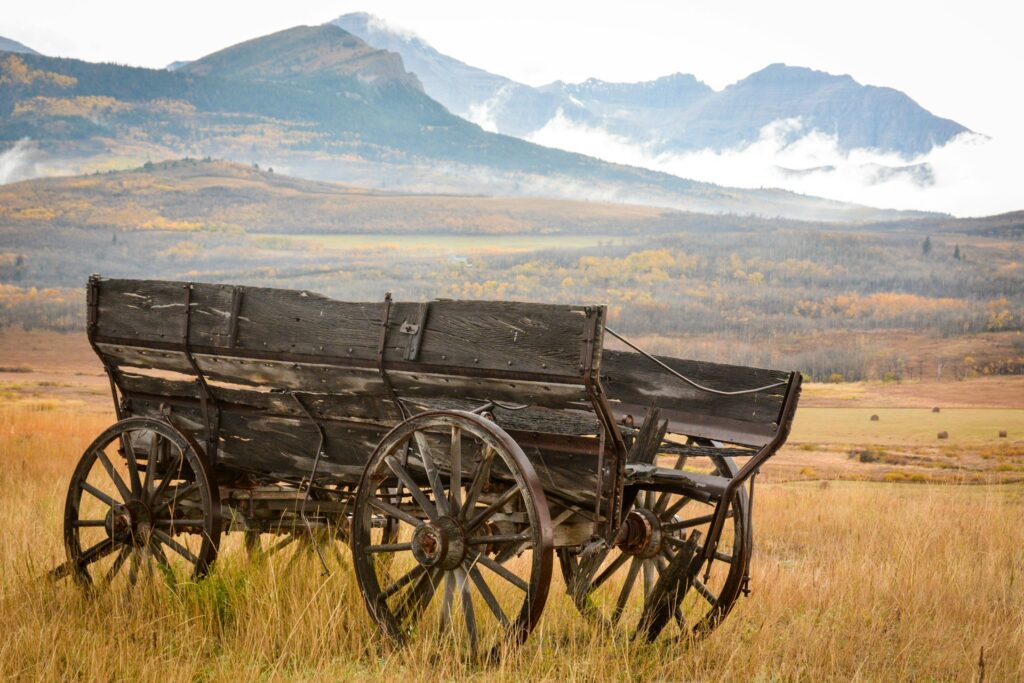
Image credit: Unsplash
8. Churchill, Manitoba
The number one reason travelers visit Manitoba is to spend time in Churchill, the polar bear capital of the world. It’s one of the best places to visit in Canada for hair-raising wildlife encounters. The largest bear species on the planet wait on the shoreline for the Hudson Bay to freeze over, granting visitors a safari-like experience for close-encounters. Wapusk National Park, just south of Churchill, has the largest denning site for polar bears on the planet. Along with polar bears, beluga whales, Arctic foxes, moose, and caribou can be seen in the area.
9. Grasslands National Park, Saskatchewan
Just north of the Canada-U.S. border, Grasslands National Park is a low-impact yet highly-memorable way to get acquainted with the Prairie Provinces. Scenic drives like the 11km Badlands Parkway and the 20km Ecotour Scenic Drive are ideal for slow drives with bison and prairie dog sightings. This designated Dark Sky Preserve features scheduled interactive presentations with astronomers and telescopes. Guided hikes, fireside chats, and annual “Fossil Fever” events provide family-friendly ways to learn about this rugged back country.
10. Calgary, Alberta
Calgary needs no introduction as one of the best places to visit in Canada thanks to the jaw-dropping Banff National Park. It’s Canada’s first national park and still it’s most popular. The landscape is so pristine and diverse that activities read like a menu of natural wonders: boating on the turquoise glacier-fed waters Lake Louise, soaking in the views in the warm waters of Banff Upper Hot Springs, and hiking the photogenic Moraine Lake Rockpile Trail are all must-dos.
Next door to Banff National Park is Jasper National Park, a UNESCO World Heritage Site in the Canadian Rockies. Landmarks like Maligne Canyon, Athabasca Falls, and the Icefields Parkway are just as rewarding as any attractions in Banff. Planning a trip to both during the annual Calgary Stampede — a massive summer outdoor rodeo festival — is a great way to experience the natural and cultural experiences Alberta has to offer.
West Coast
Canada’s West Coast region is a coveted place. British Columbia runs along the Pacific Ocean between the mainland United States and Alaska, but it’s much more than its nearly 16,000 miles of coastline. BC’s topography includes ten different mountain ranges, over 1,000 provincial parks, and tens of thousands lakes. From ancient temperate rainforests to semi-arid deserts, Canada’s West Coast is easy to fall in love with.
11. Vancouver, British Columbia
It’s no secret that Vancouver is one of the most popular places to visit in Canada. British Columbia is a playground for outdoor enthusiasts and Vancouver acts as a launch pad. This cosmopolitan city has a buzzy food scene with Michelin-starred restaurants and is a favorite filming location for countless Hollywood movies.
From Vancouver, it’s effortless to explore traveler’s favorite places in British Columbia. Victoria, the capital of BC, is on the edge of Vancouver Island — a laid-back expanse of wilderness where spas and retreats are just as alluring as kayaking, golf, and fishing is. On the mainland, Whistler is the best place in British Columbia for skiing and snowboarding. Squamish rests between Whistler and Vancouver, is along the Sea to Sky Highway and within a UNESCO Biosphere Reserve where you’ll find some of the largest congregations of eagles on the continent.
The North
Visit Canada’s North region and you’ll discover that the country’s nickname “the Great White North” is no exaggeration. The Northwest Territories, Yukon, and Nunavut make up nearly half of Canada’s landmass yet less than one percent of the population lives in this Northern/Arctic region. However, the North is not a monolith. Multiple types of Arctic tundra showcase diverse mammals, lysine, and geological formations while First Nations, Inuit, and Métis communities show a different way of life unknown to even southern Canadian residents.
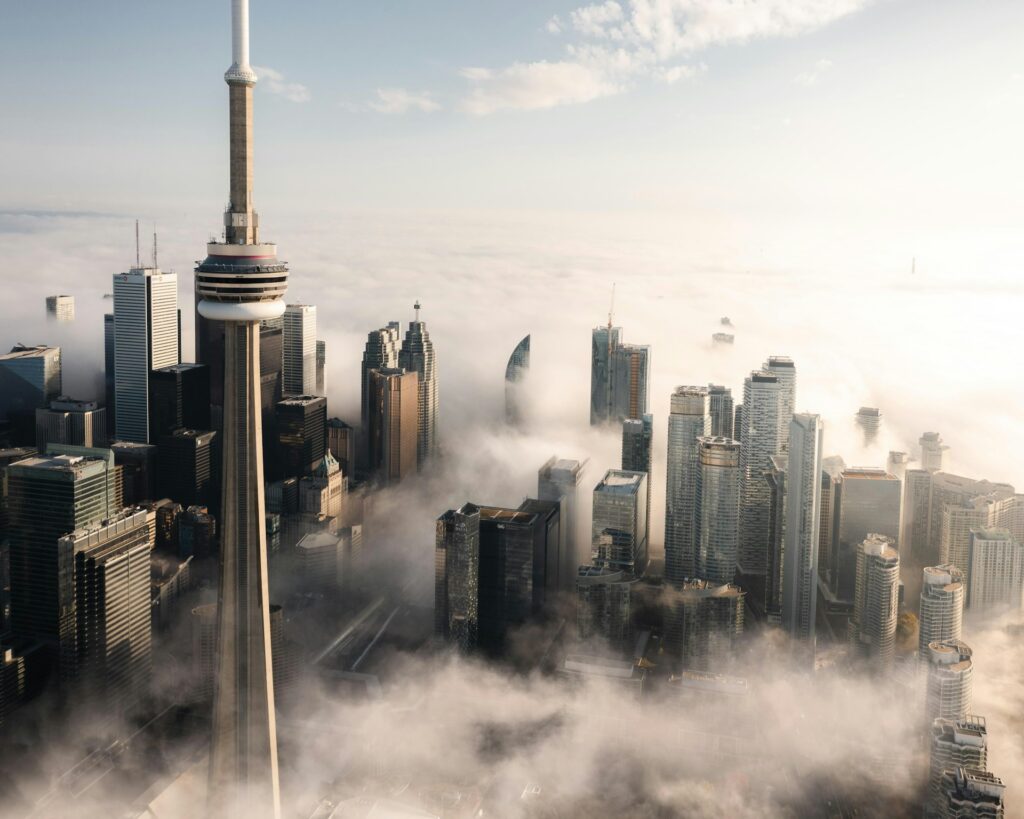
12. Beechy Island, Nunavut
Beechy Island is an uninhabited peninsula on Devon Island, and for the crew of Sir John Franklin’s expedition through the Northwest Passage, it became their final resting place. Gravestones mark the deaths of the men who overwintered here while two cairns at the top of the island provide a humbling and harrowing view of the deserted coastline. This National Historic Site of Canada is primarily accessible via expedition ship, though this doesn’t stop hundreds of visitors from making their own voyage to this rendezvous site for the Franklin search expeditions of the mid 1800s.
13. Yellowknife, Northwest Territories
Travelers to the Great White North set their sights on the Northern Lights and Yellowknife is a perfect place to see the green hues of the Aurora Borealis. In the autumn and winter, it’s possible to see the sky show from a cozy seat on a patio or balcony.
The capital of the Northwest Territories deserves a visit even when the night skies are cloudy. In the daylight, strolls around the cafes and artisan shops are followed by stops at the Price of Wales Northern Heritage Centre and Bush Pilots Monument. Dogsledding, ice fishing, skiing, snowshoeing, and snowmobiling are great ways to enjoy the sunlight in the winter months.
14. Whitehorse, Yukon
Approximately two-thirds of Yukon’s population lives in Whitehorse, the territory’s capital and hub for tourism. The community is stretched out along the Yukon River and its compact center makes it easy to walk to attractions like the MacBridge Museum of Yukon History, the Old Log Church Museum, and the Kwanlin Dün Cultural Centre.
The wilderness is what draws visitors to Whitehorse. Acting as a base for excursions, hours of hiking, paddling, mountain climbing, hunting, fishing, and camping is readily accessible. More than 700 kilometres of trail wind through the area alone, and with a World Health Organization ranking as the place with the cleanest area in the world, adventures in Whitehorse are perfect for outdoor enthusiasts who crave a literal breath of fresh air.
15. Toronto, Ontario
Toronto is one of the best places to visit in Canada for first-time visitors and locals alike. Over 60 city museums, including ten Toronto History Museums with free admission, is just the start for a culture lover’s itinerary. Canada’s largest city should first be explored on Saturdays at St. Lawrence Market and Harbourfront.
Toronto is a city that deserves a visit no matter the season. Five major professional sports teams showcase talent year-round. The CN Tower boasts fantastic views, including the view from the hair-raising Edge Walk. Perhaps most importantly, Toronto is a major hub for travel, encouraging you to spend a day exploring the city before jetting off to explore the Great White North.
FAQs
What is the number one tourist spot in Canada?
Niagara Falls is often considered the number one tourist spot in Canada. Approximately 14 million people visit the region each year. Banff National Park is the most popular national park for visitors with over 4 million annual visitors. The Canadian Museum of History in Ottawa is the most visited museum in the country with over 1 million yearly admissions.
When is the best time to visit Canada?
The best time to visit Canada depends on your interest. For example, outdoor activities like snowboarding and skiing are best between February and April while April through November is the best time to hike through eastern Canada. April through October, specifically the summer months, is also prime time for whale watching on both coasts.
Are there polar bears in Canada?
Yes, Canada is home to approximately two-thirds of the planet’s polar bears. While Churchill, Manitoba, is one of the most popular places for polar bear safaris, there’s a potential to see polar bears from the Yukon and Beaufort Sea to James Bay and Newfoundland and Labrador.
What is Canada known for?
Generally, things like maple syrup, ice hockey, the Canadian Rockies, and majestic moose walking through snowy prairies come to mind when envisioning the top of North America. Canada is known for much more than poutine and national parks. The country contains approximately one-fifth of the world’s liquid fresh water, the world’s third-largest oil reserve, and the longest coastline in the world.

LIKED THIS POST? SHARE WITH YOUR COMMUNITY

